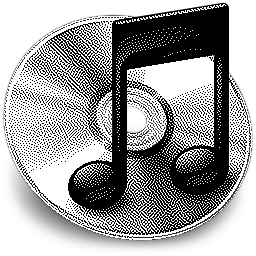25th May 2022 Ripping My Music

During the pandemic I realized I am never going to subscribe to a streaming music service. At 38 I am spending less time discovering new music, and more time listening to the music I already own.
I listen to albums, and own physical copies of most of my music. The COVID19 lockdown gave me the opportunity I needed to replace the digital albums I previously purchased with physical CDs, and re-rip my entire music collection in a lossless format.
With the help of my Kabylake powered PC, MacBook Pro, and four 32× optical drives, I was ready to rip my 500 album CD collection. I choose to rip my CDs using iTunes because I wanted my collection in Apple's Lossless Audio Codec. For most people the popular FLAC format is more compatible and easier to error-check, but I still listen to music on older iPods and operating systems that require a format compatible with retro Apple hardware.
iTunes can't import CDs from multiple optical drives simultaneously, but it will automatically import the next new audio CD it finds; ejecting the previously imported disc in the process. As long as I kept all four of my optical drives feed, iTunes would rip a new album every two to three minutes; automatically including track metadata and album art with no user intervention required.1
After about twenty hours, or two weeks of off and on importing, I had my music collection ripped to Apple lossless. I consolidated the effort from both computers to a single master collection I keep on a cloud accessible server; checking out the albums I want to listen to at any time from my myriad of devices.
-
Just remember to check "Use error correction when reading Audio CDs" for the best possible rip. ↩